
Dennis Maione tells his story of living with Lynch Syndrome with intelligence, candor, humor and aplomb. As he describes his tale, "This is not a story about cancer; it is a story about me...", and in it, he vividly describes the emotional and physical journey that he, his family and his close friends experienced when, at the young age of 27, he was first diagnosed with colon cancer which, eventually, was linked to an inherited gene. His rendering is personal and sensitive, acknowledging that, though the illness was his, those around him absorbed his challenges and made them their own. The book becomes a celebration of the intimate community of friends and family that are so vital for us in life, especially during times of crisis. Particularly moving was the discovery that the Lynch gene was passed down to one of Maione's progeny.
Maione's book is divided into three parts: 1/ his story of being diagnosed and treated, and living with Lynch; 2/ essays about the things that he learned through his experience; and 3/ an informational "dialogue" with a doctor concerning the science and genetics involved in cancer. Formatting the book this way added to the ease of reading. It gave me a breather after the tale of his breath-taking ordeal, allowed me to absorb his thoughts about, and wisdom gained from, his experience, and then learn more about the disease. Many personal memoirs revolving around disease tend to bunch emotional and informational material together which make them considerably more tedious to read.
Being a cancer survivor myself, coming from a family with a history of multiple cancers, and currently on "lung cancer watch" for both myself and my father, I can truly relate with the frustrations around medical professionals' misdiagnoses, uncertainties and the continual waiting game we must endure to finally understand what we have and what can be done about it. Maione is fortunate enough to be abundantly blessed with intelligence, heart and a closely knit group of friends and family, some in the medical profession, who were willing to assist him in uncovering the mysteries of his cancer and genetics.
Quite frankly, I shudder to think what would have happened to Maoine and his son if they didn't have that support base on which to draw, and I grieve for the hordes of patients out there who don't have the mental ability to understand medical "speak" nor a strong community to have their backs. So many of us have had to go it alone into that deep and murky jungle. Even so, with a book like What I Learned from Cancer, we can understand the nuances of one's cancer journey. We realize that it is not an easy trip and sometimes the professionals we rely upon can make it even harder. We learn that it is good to question and research and not settle for the first opinion that a doctor hands to you. And we discover what cancer actually is, how genes come into play and what we can do to prevent it. This book can be a god-send to help you along your way.
As emotionally spent as I could have become while reading about the difficulties and frustrations that Maione endured, his wit was refreshing, insightful, honest and uplifting. The book left me with a deep sense of hope. Maione made it through his surgeries and challenges, and though he is still subject to constant scrutiny to stay on top of new bouts of cancer arising, he is living life fully and sharing his experience freely. I thank you for that, Dennis. And thank you for sharing a well-written book that was such a pleasure to read.
I highly recommend this book to anyone going through cancer, especially if you have a family history of the disease.
You can learn more about Dennis Maione on his website: http://www.dennismaione.com/
Softcover and ebook editions of What I Learned from Cancer are available for purchase on Amazon http://www.amazon.com/What-Learned-Cancer-Dennis-Maione-ebook/dp/B00QDFAU56.


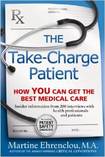
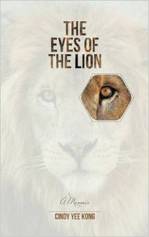
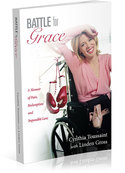
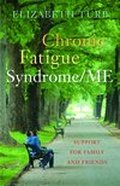
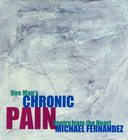
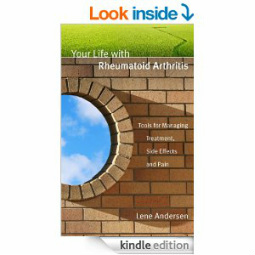

 RSS Feed
RSS Feed